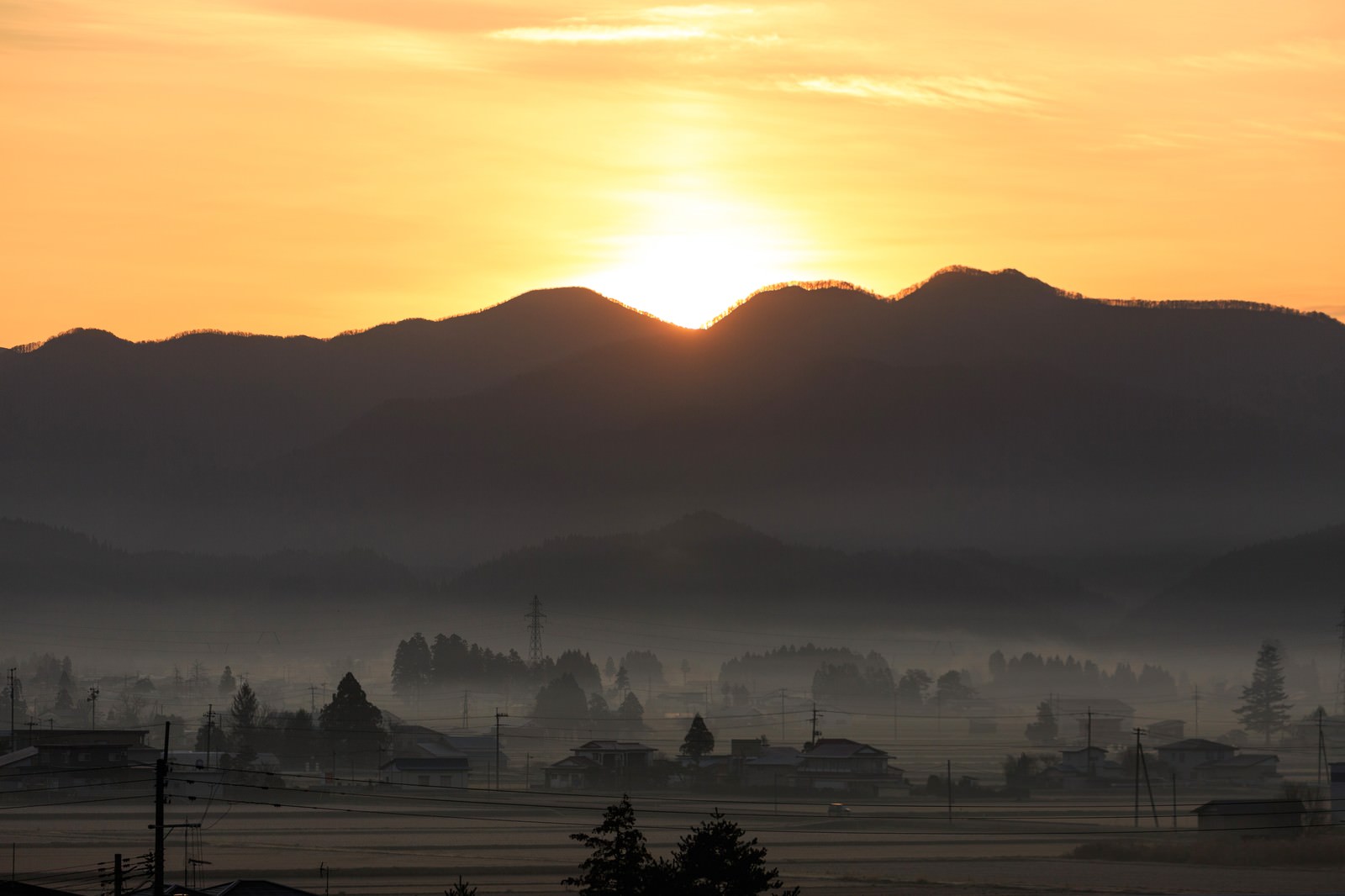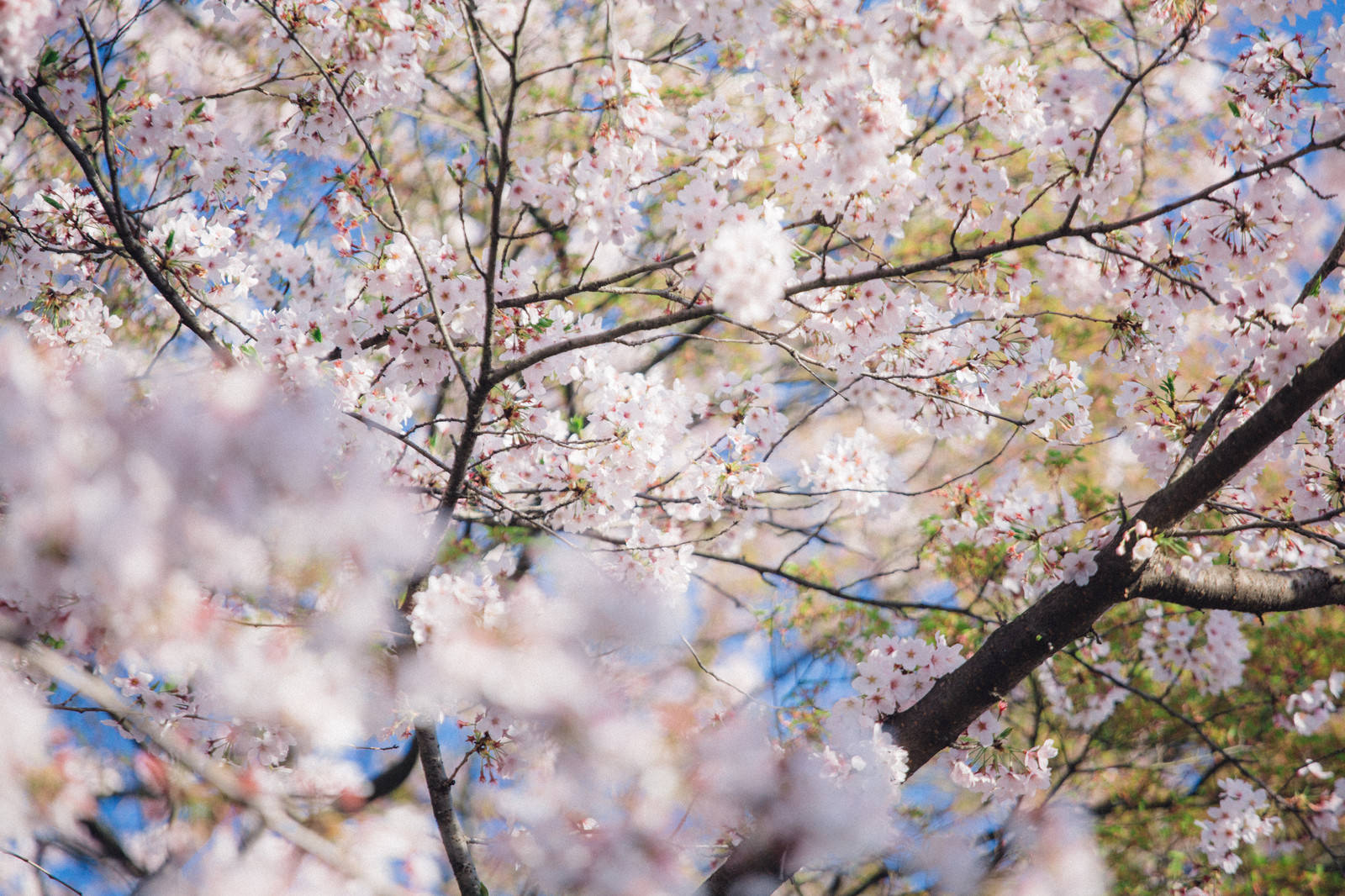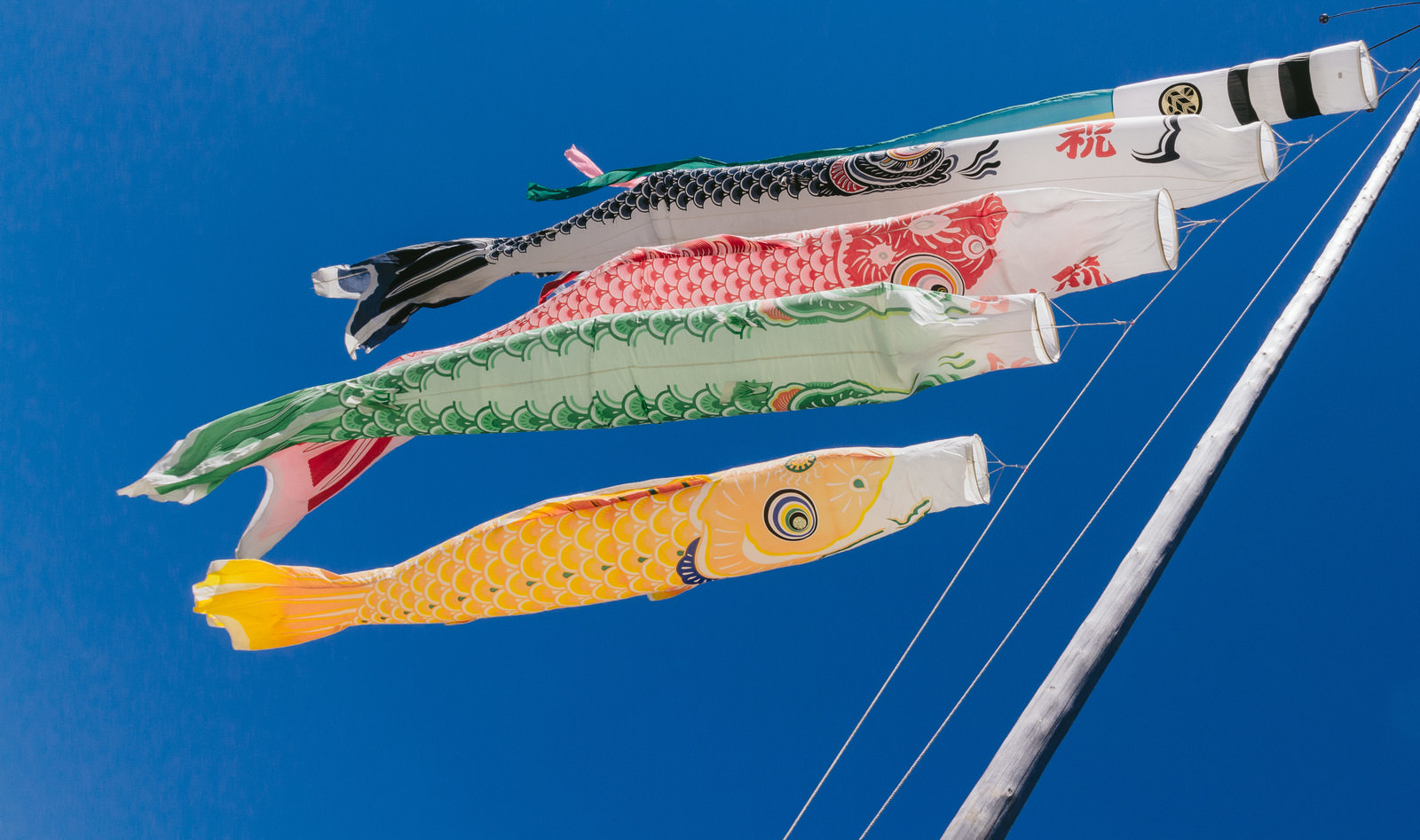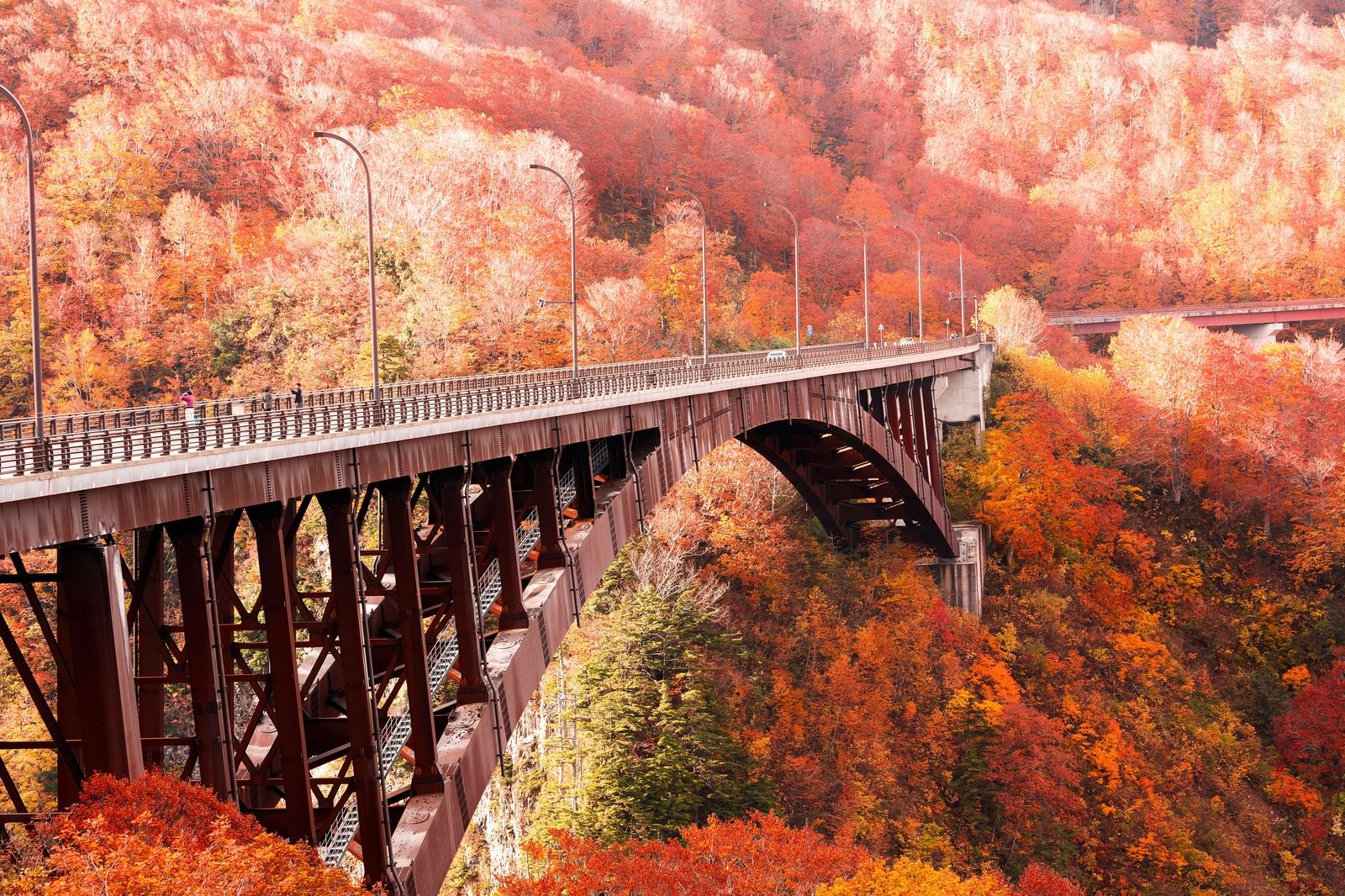Okay, you’ve decided you’re visiting Japan but now you need to determine when. Maybe you have something in mind that you specifically want to see (like the cherry blossoms) or perhaps you’d prefer the quietest time of year? The below information will help you conclude what’s best for you.
Peak
New Year (Late December – Early January)
New Years is an annual festival celebrated around the world, Japan included. Due to the cluster of national holidays, it is a popular time for domestic travel which can make your holiday crowded and expensive. In addition, a lot of restaurants and tourist attractions shut down during this period.

Cherry Blossoms (Late March – Early April)
One of the most famous icons of Japan is the sakura (cherry blossoms). This spectacular sight causes this season to be the most popular and busiest time of year to visit. The timing of the blossom can vary dramatically from mid March to mid April depending on weather and location.

Golden Week (Late April – Early May)
Golden Week is a very important holiday to the Japanese people and results in a lot of domestic tourism. The week is comprised of four National holidays (the Emperor’s Birthday, Constitution Day, Greenery Day and Children’s Day). Combining these days with near by weekends is a perfect recipe for a very busy peak season. As a result, it is recommended that you avoid visiting Japan during this time of year to miss the crowds.

Obon Festival (Mid August)
Obon (Bon) is a traditional, Buddhist celebration of your ancestors. The ceremony has evolved into a large, summer festival with dancing and carnivals. This is a beautifully, vibrant and exciting holiday to experience which gives an insight in to Japan’s culture. However it is also teeming with people due to an increase in both domestic and international traffic.

Silver Week (Late September)
Silver Week, similar to Golden Week, is a collection of National holidays that occur close to one another (including Respect for the Aged Day and Autumnal Equinox Day). However, unlike Golden Week which occurs annually, this holiday season only happens once or twice every decade. You can be sure that when it does occur, Japan will be flooded in crowds of people.

Autumn Leaves (Late October – November)
As the treetops start to turn in late October, tourists begin to flock back to Japan. The landscape is painted stunning hues of yellows and reds throughout November. This stunning sight can be as popular as Cherry Blossom season and is guaranteed to be busy.

Off-Peak
Peak seasons undoubtedly have their reasons for being a tourist attraction. However, there are pros to visiting during off-peak.
Firstly there will be less crowds. Japan has a very dense population of 126 million people and that’s not including the extra 2 million international tourists who visit the country every month. Although everyone is very respectful to one another, the hustle and bustle can be stressful, irritating and can potentially ruin the atmosphere. Additionally, there is availability and price to consider. During peak, flights and hotels will get booked quicker and are also much more expensive.
So when is off-peak? As with most places around the world; winter (with the exception of New Years). I appreciate the idea of going on holiday to somewhere cold is not everyone’s cup of tea. However if you’re not opposed to wearing a few more layers, you can make the most of Japan’s ski and snowboarding resorts. The landscape also undergoes a beautiful transformation with everything covered by a sparkling, blanket of snow. This creates a fantastic contrast to the hot, spring baths (onsens) that are popular this time of year.
Otherwise, there may be brief periods of calm in between the storms. If you’re looking to visit during spring, the end of March and second half of May will be quieter but misses the blossom at full bloom. June and September will avoid the school summer breaks and family tourism which July and August are subject to at the risk of a wet, rainy holiday. And lastly if you want to visit Japan in autumn, October is quieter than November.
Seasonal Weather & Climate
The climate across Japan can vary wildly. Not only are there four, defined seasons but the dramatic differences in the landscape also affects the weather and temperature. Below, I have outlined the typical, seasonal weather but please note that you should research the specific area you plan to visit.
Winter (December to Mid-March)
The winter is typically dry so if you want to avoid rain, this is the perfect season for you. As far as temperature goes, winters can reach around 0⁰C/32⁰F (with mountainous regions dipping lower) so don’t forget your scarves, hats, gloves and coats!

Spring (Mid-March to May)
Spring can have incredibly diverse weather but is generally pleasant with warm days and little rain. Temperatures fall between 10-20⁰C/50-68⁰F.

Summer (June to Mid-September)
The heat and humidity of the summer can be hard to handle if you’re not used to it. The average temperature hits 25-30⁰C/77-86⁰F but can climb higher so look after yourself and keep cool. In addition, it’s important to note Japan’s rain season typically lasts from June to mid July. Typhoon season also occurs during late summer around September. Therefore, you may find the calmer seasons more favourable for travel.

Autumn (Mid-September to November)
Similar to Spring, this season can experience a mixture of post-summer warmth and pre-winter chills. Temperatures are mild around 10-20⁰C/50-68⁰F.

Average Minimum and Maximum Annual Temperature

Average Monthly Hours of Annual Sunshine

Average Percent of Annual Sunshine
Average Monthly Precipitation (Rainfall & Snow)

Average Monthly Rainy Days
Average Annual Humidity

When are School Holidays in Japan?
School holidays usually result in larger crowds of family based domestic tourism and may be something you wish to avoid. All schools in Japan shut during National holidays and weekends. Therefore, as noted above, you may want to dodge visiting around National holidays such as Golden Week.
In addition, like many other countries, Japan has three main school breaks. One in Spring, Summer and Winter. Spring break is usually at the end of March and beginning of April. The Winter holiday encompasses Christmas and New Year at the end of December and beginning of January. Finally, Summer break is longer than Spring or Winter and lasts for the end of July through all of August.
If you’ve been to Japan, when did you visit? Do you have any recommendations for the best time to go and when to avoid?
A special thanks to weather-and-climate.com for providing all the weather statistics for this blog post.


